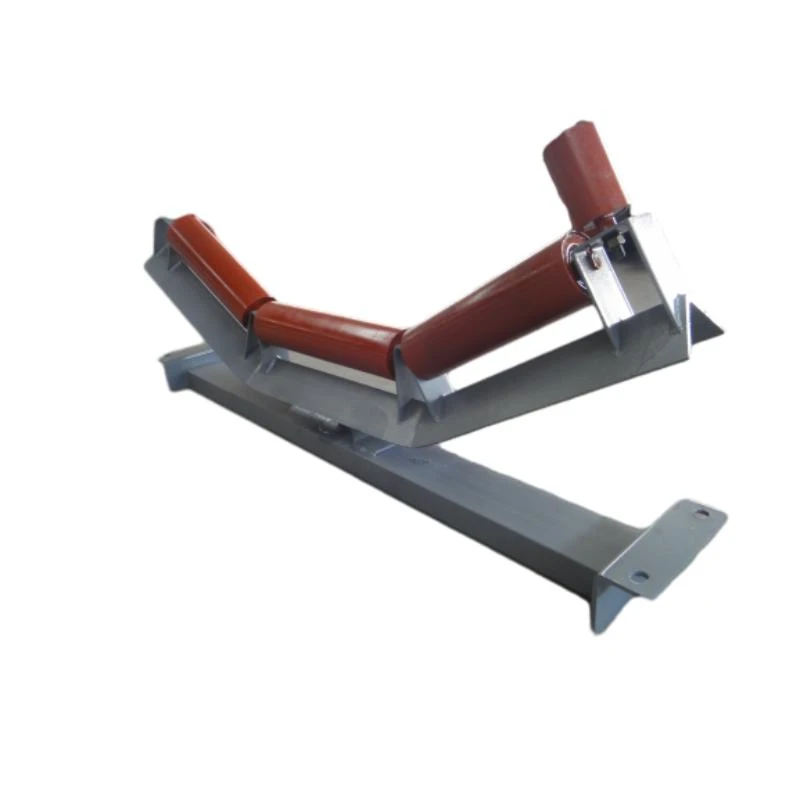 Afrikaans
Afrikaans  Albanian
Albanian  Amharic
Amharic  Arabic
Arabic  Armenian
Armenian  Azerbaijani
Azerbaijani  Basque
Basque  Belarusian
Belarusian  Bengali
Bengali  Bosnian
Bosnian  Bulgarian
Bulgarian  Catalan
Catalan  Cebuano
Cebuano  Corsican
Corsican  Croatian
Croatian  Czech
Czech  Danish
Danish  Dutch
Dutch  English
English  Esperanto
Esperanto  Estonian
Estonian  Finnish
Finnish  French
French  Frisian
Frisian  Galician
Galician  Georgian
Georgian  German
German  Greek
Greek  Gujarati
Gujarati  Haitian Creole
Haitian Creole  hausa
hausa  hawaiian
hawaiian  Hebrew
Hebrew  Hindi
Hindi  Miao
Miao  Hungarian
Hungarian  Icelandic
Icelandic  igbo
igbo  Indonesian
Indonesian  irish
irish  Italian
Italian  Japanese
Japanese  Javanese
Javanese  Kannada
Kannada  kazakh
kazakh  Khmer
Khmer  Rwandese
Rwandese  Korean
Korean  Kurdish
Kurdish  Kyrgyz
Kyrgyz  Lao
Lao  Latin
Latin  Latvian
Latvian  Lithuanian
Lithuanian  Luxembourgish
Luxembourgish  Macedonian
Macedonian  Malgashi
Malgashi  Malay
Malay  Malayalam
Malayalam  Maltese
Maltese  Maori
Maori  Marathi
Marathi  Mongolian
Mongolian  Myanmar
Myanmar  Nepali
Nepali  Norwegian
Norwegian  Norwegian
Norwegian  Occitan
Occitan  Pashto
Pashto  Persian
Persian  Polish
Polish  Portuguese
Portuguese  Punjabi
Punjabi  Romanian
Romanian  Russian
Russian  Samoan
Samoan  Scottish Gaelic
Scottish Gaelic  Serbian
Serbian  Sesotho
Sesotho  Shona
Shona  Sindhi
Sindhi  Sinhala
Sinhala  Slovak
Slovak  Slovenian
Slovenian  Somali
Somali  Spanish
Spanish  Sundanese
Sundanese  Swahili
Swahili  Swedish
Swedish  Tagalog
Tagalog  Tajik
Tajik  Tamil
Tamil  Tatar
Tatar  Telugu
Telugu  Thai
Thai  Turkish
Turkish  Turkmen
Turkmen  Ukrainian
Ukrainian  Urdu
Urdu  Uighur
Uighur  Uzbek
Uzbek  Vietnamese
Vietnamese  Welsh
Welsh  Bantu
Bantu  Yiddish
Yiddish  Yoruba
Yoruba  Zulu
Zulu head pulley and tail pulley
The Role of Head and Tail Pulleys in Conveyor Systems
In various industrial applications, conveyor systems play a crucial role in the transportation of materials. Among the components that contribute significantly to the efficiency and effectiveness of these systems are head and tail pulleys. These elements are not only essential for the functioning of conveyor systems but also greatly influence overall productivity and operational integrity.
Head pulleys, located at the discharge end of a conveyor system, have a primary function to drive the conveyor belt. They are powered by an electric motor, which transmits energy through a drive system, typically involving belts and gear mechanisms. The head pulley facilitates the movement of the belt, thereby transporting materials from one location to another. Additionally, the friction between the head pulley and the belt is a critical factor. The grip provided by the head pulley ensures that the belt can efficiently carry loads, allowing for effective operational performance.
The Role of Head and Tail Pulleys in Conveyor Systems
The synchronization between head and tail pulleys is fundamental for the smooth operation of any conveyor system. If the tail pulley is misaligned or not properly tensioned, it can lead to a host of issues, such as belt mistracking, increased wear, and reduced efficiency. Excessive wear on the belt can result in costly downtime, as systems may have to be taken offline for repairs and maintenance. Effective maintenance practices, such as regular inspection and adjustment of both head and tail pulleys, are crucial to ensuring that conveyor systems operate efficiently over the long term.
head pulley and tail pulley

Moreover, the materials used in the construction of head and tail pulleys are also significant. They need to be durable, resistant to abrasion, and able to withstand various environmental conditions. Common materials include carbon steel and stainless steel, which are often chosen for their strength and resistance to rust and corrosion. Moreover, advancements in technology have led to the development of composite materials that reduce weight and enhance performance while maintaining strength and durability.
In specific applications, such as in mining or heavy material transport, the design and size of head and tail pulleys can also vary significantly. Heavy-duty systems may require larger pulleys to handle increased loads, while specialized designs, such as crowned pulleys, are used to help keep the belt centered and aligned, reducing the risk of slippage.
An innovative aspect of modern conveyor systems involves the integration of sensors and automation. Smart technologies can monitor performance metrics related to head and tail pulleys in real-time. For instance, if sensors detect irregular or increased wear on these components, predictive maintenance protocols can be initiated, allowing for the timely replacement of parts before they fail. This not only saves costs associated with unexpected downtime but also optimizes overall operational efficiency.
In conclusion, head and tail pulleys are integral components of conveyor systems, essential for the effective movement of materials in various industrial settings. Their functions, interconnectedness, and reliance on proper maintenance and materials significantly impact the performance and longevity of conveyor systems. As technology evolves, the role of these pulleys will continue to adapt, incorporating smarter monitoring and maintenance solutions that enhance reliability and efficiency in material handling operations. Understanding their significance is vital for organizations aiming to optimize their production processes and ensure operational success.
-
Revolutionizing Conveyor Reliability with Advanced Rubber Lagging PulleysNewsJul.22,2025
-
Powering Precision and Durability with Expert Manufacturers of Conveyor ComponentsNewsJul.22,2025
-
Optimizing Conveyor Systems with Advanced Conveyor AccessoriesNewsJul.22,2025
-
Maximize Conveyor Efficiency with Quality Conveyor Idler PulleysNewsJul.22,2025
-
Future-Proof Your Conveyor System with High-Performance Polyurethane RollerNewsJul.22,2025
-
Driving Efficiency Forward with Quality Idlers and RollersNewsJul.22,2025





























